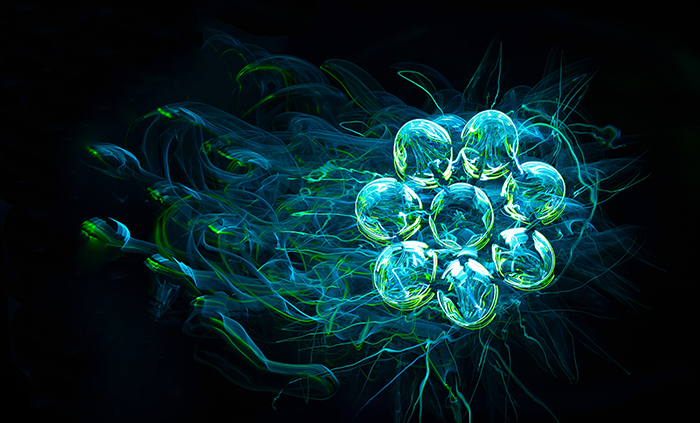How Does Bi-lateral Stimulation Help Process Traumatic Memories in EMDR Therapy?
How Does Bi-lateral Stimulation Help Process Traumatic Memories in EMDR Therapy?
By Tara Rullo, LCSW
You may have come across the term bi-lateral stimulation as a component of EMDR therapy, and have felt unsure of what it really means. Let’s look at what it is and why it is used in EMDR.
Bi-lateral stimulation (BLS) is simply the alternating stimulation of the right and left sides of the body which in turn activates the left and right hemispheres of the brain. BLS is something we often do naturally like when we sway back and forth to music, beat a drum with both hands or walk down the street. Using walking as an example we can see that while we walk, each alternating foot fall stimulates the left or right side of the body as well as both hemispheres of the brain. This has been shown to regulate our nervous system, increase our ability to process thoughts, feelings and memories, and even to help us relax.
Overcoming trauma can feel like a daunting process, but understanding how BLS can help the process along may be encouraging. Research has shown that traumatic memories can get cut off from normal processing. When this happens, any time the memory is brought up (either voluntarily or involuntarily) it will feel nearly as distressing as when the traumatic event occurred because the brain is detecting the same level of threat. Some people experience memories as if they are reliving the event. For others, specific memories may not plague them, but recurring somatic and physiological stress symptoms persist.
The good news is that our brain function is not permanently damaged by trauma. During your EMDR treatment, your brain will be re-training, creating new neural pathways and building healthier connections so that you can feel better. BLS is a part of this retraining process in that the alternating stimulation helps the brain process material while helping to induce a relaxation response.
So, what does BLS feel like?
In our office we offer three forms of bi-lateral stimulation and each client can try out different options and combinations to find out which they prefer: visually, as an audio experience or through tapping. Here is a short description of each type of bi-lateral stimulation.
Visual: Visual bi-lateral stimulation is when you are prompted to follow the movement of a light or the therapist’s hand as it moves back and forth. In this method of BLS your eyes move from side to side.
Audio: Auditory bi-lateral stimulation is offered as alternating sounds in a set of headphones. This is usually a tone or a beep that plays back and forth in the left and right ear.
Tapping: Bi-lateral stimulation can involve touch, as when a therapist taps on the hands or knees of a client (with prior consent) or through tappers which can be held in the hands. Tappers are small devices that vibrate in one hand and then the other. Tapping can also be self-administered through the butterfly tapping method by crossing your arms over your chest and tapping lightly on one shoulder and then the other.
Our goal in trauma treatment is not to wipe out memories completely, but to allow the memory to evolve and our experience of it to change over time. For example, something that once caused some distress like a painful break-up may feel insignificant at a later time. EMDR therapy, and specifically the use of BLS in EMDR, is designed to dislodge the cut off memories so that they can begin to be processed and integrated into our working memory. Once that happens we can remember the distress, but we do not have to continually relive it.



